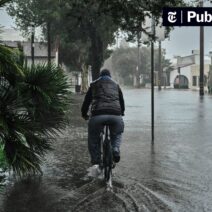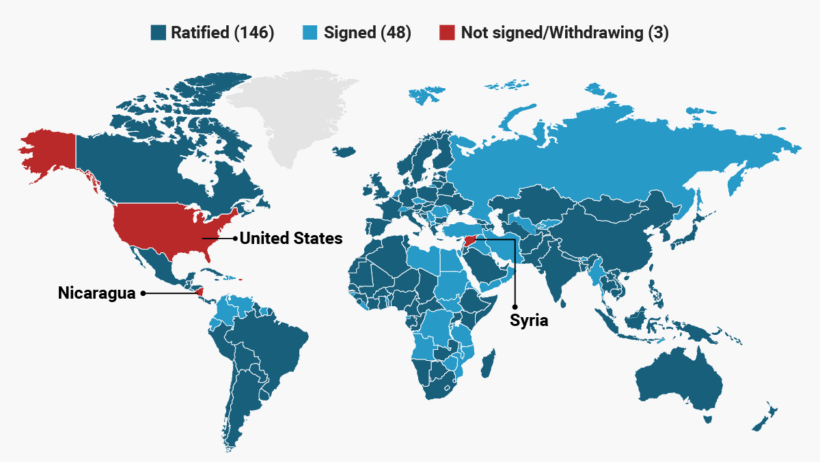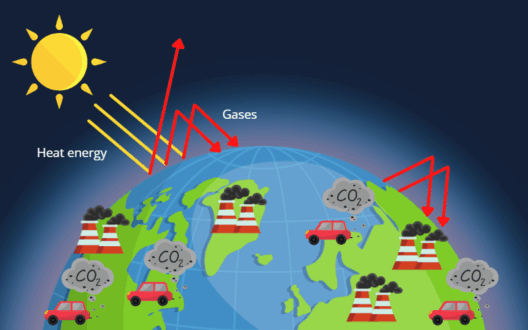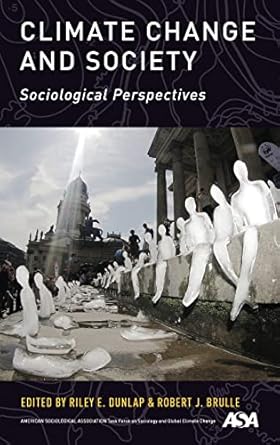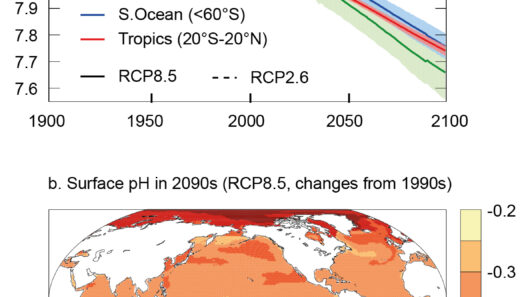As global temperatures rise and extreme weather events become increasingly frequent, the question looms large: how many countries have facilitated the monumental step toward climate action by signing the Paris Climate Agreement? This query isn’t merely a statistical inquiry; it evokes a sense of global camaraderie and commitment that is pivotal in our fight against climate change.
The Paris Agreement, adopted in December 2015 at the COP21 conference in Paris, marked a watershed moment in international climate diplomacy. So, what does it actually mean for countries to sign this agreement? In essence, by signing the accord, nations acknowledged the undeniable science underpinning climate change and committed to taking action to mitigate its effects and adapt to the climate crises that loom ahead.
As of 2023, a staggering 197 parties, which include 196 countries and the European Union, have either signed or ratified the agreement. This figure is multifaceted; each nation brings its own unique challenges, priorities, and political landscapes. It is a kaleidoscope of ambitions where rich nations vow to support developing countries, striving for equity amidst inequality.
The commitment is structured around a central tenet: limiting global warming to well below 2 degrees Celsius, while striving for a cap of 1.5 degrees Celsius. This ambitious target isn’t just a number; it signifies the difference between a relatively stable climate and one rife with catastrophic repercussions. Yet, achieving these goals requires more than mere signatures; it demands concrete actions, innovative technologies, and sustainable practices.
Among the signatories to this pivotal agreement are industrial giants and emerging economies, from the United States to China, the European Union to India. Yet, the diversity among these nations raises a playful question: how can disparate countries with varying economic capabilities and technological advancements unite to combat a global menace? The answer is complex. It lies in understanding that climate change transcends borders, affecting ecosystems, economies, and communities globally. Thus, the concept of collective action becomes imperative.
However, signing the agreement is only the starting point. The Paris Agreement operates on an ethos of nationally determined contributions (NDCs). Countries are tasked with setting their own goals and updating them every five years. This mechanism presents a challenge: ensuring that countries not only follow through with their pledges but also escalate their commitments over time.
Some nations have been exemplary in their approach to addressing climate change, while others grapple with inertia. The accountability aspect beckons another layer of inquiry: how can we mobilize a global network to monitor and encourage progress among signatory nations? The reality is that success hinges on transparent reporting mechanisms and a willingness to hold each other accountable.
Beneath this surface of collaboration lies a myriad of complexities. Economic interests, political will, and societal expectations all weave into a tapestry that can either enrich or encumber climate efforts. For instance, nations heavily reliant on fossil fuels face formidable hurdles in transitioning to renewable energy. In contrast, those with abundant natural resources may find the pivot toward sustainability more seamless. This divergence in capacity presents an intriguing challenge: how do we harmonize these varied paces of progress to create a cohesive global effort?
The presence of financial mechanisms within the Paris Agreement seeks to alleviate some of these disparities. Wealthier nations have committed to mobilizing $100 billion per year by 2020 to support developing countries in their mitigation and adaptation efforts. This dimension is critical; it not only fosters global solidarity but also acknowledges the disproportionate burden borne by less developed nations. Can we comfortably pronounce the notion that climate justice is attainable when disparities remain stark?
Furthermore, there’s an overarching need for technological exchange and capacity-building initiatives. Countries can share their innovations in clean energy, sustainable farming practices, and conservation strategies. This collaborative spirit embodies the true essence of the Paris Agreement: a recognition that the climate crisis necessitates collective ingenuity and action.
Yet, challenges abound. Political changes, such as leadership transitions in major economies, can disrupt commitments. Populist movements may eschew long-term climate policies in favor of immediate economic relief. As the landscape of global politics evolves, so too must the strategies for maintaining momentum toward climate objectives. The allure of insular nationalism could, if unchecked, fracture the unity required to combat climate change.
The path to climate sustainability is arduous and fraught with obstacles. Nevertheless, the commitment of 197 parties to the Paris Agreement is a commendable beginning. A tapestry of diversity, innovation, and collaboration is essential if the world is to wrest control from the grasp of climate change. While the agreement’s signatories represent a vast geographical and socio-economic spectrum, the urgency of climate action remains unified in its call to arms. In a landscape marked by uncertainty, the collective resolve of nations must shine as a beacon of hope.
As we venture deeper into this climate challenge, the essential question remains: will the spirit of global unity endure against the tides of political and economic change? The stakes are astronomically high, and the answer may well dictate the future of our planet. The real challenge is in transforming pledges into actions that not only meet but exceed the goals we have set forth. This isn’t just a question of policy; it’s a question of survival for generations to come.

